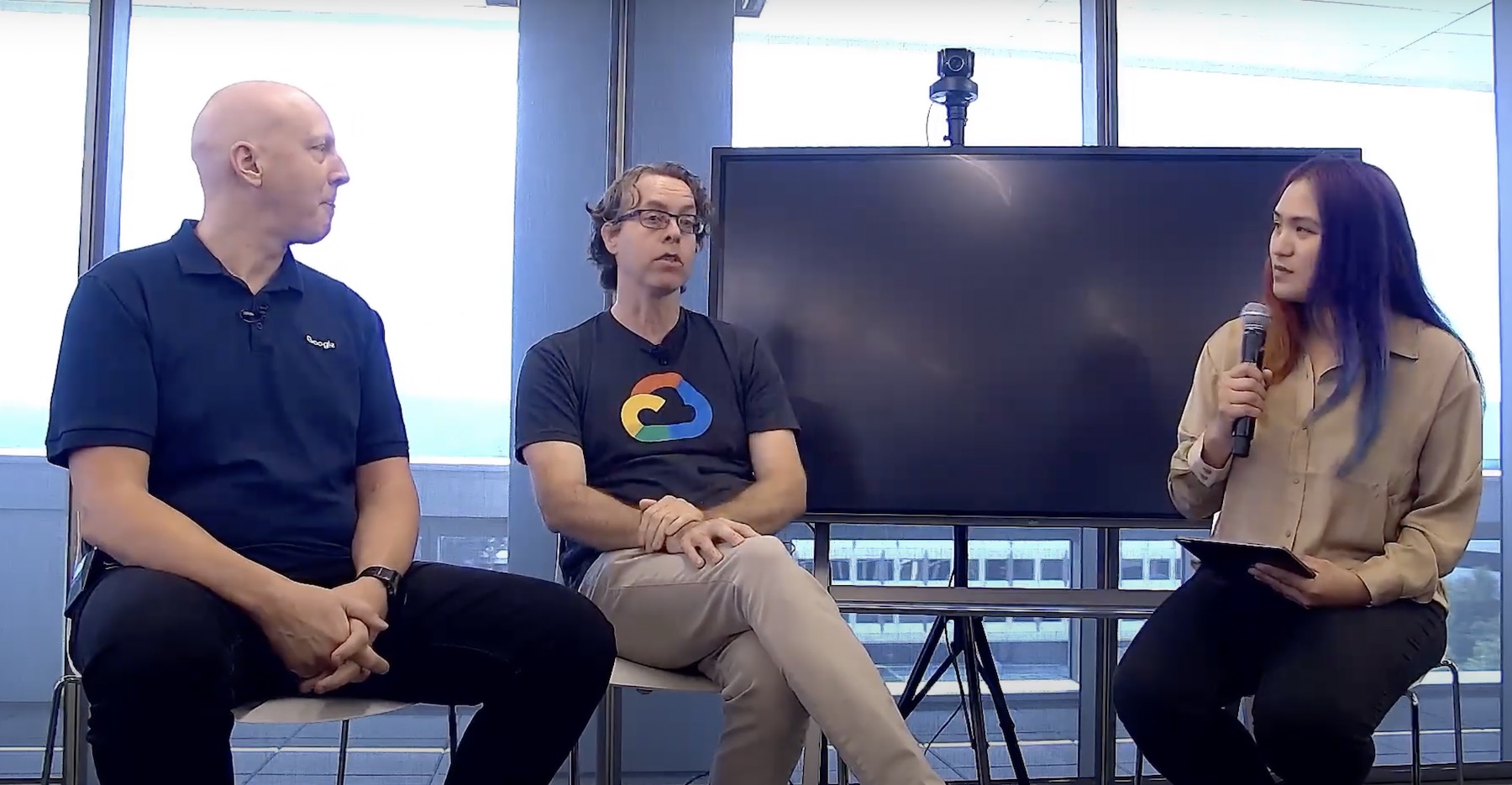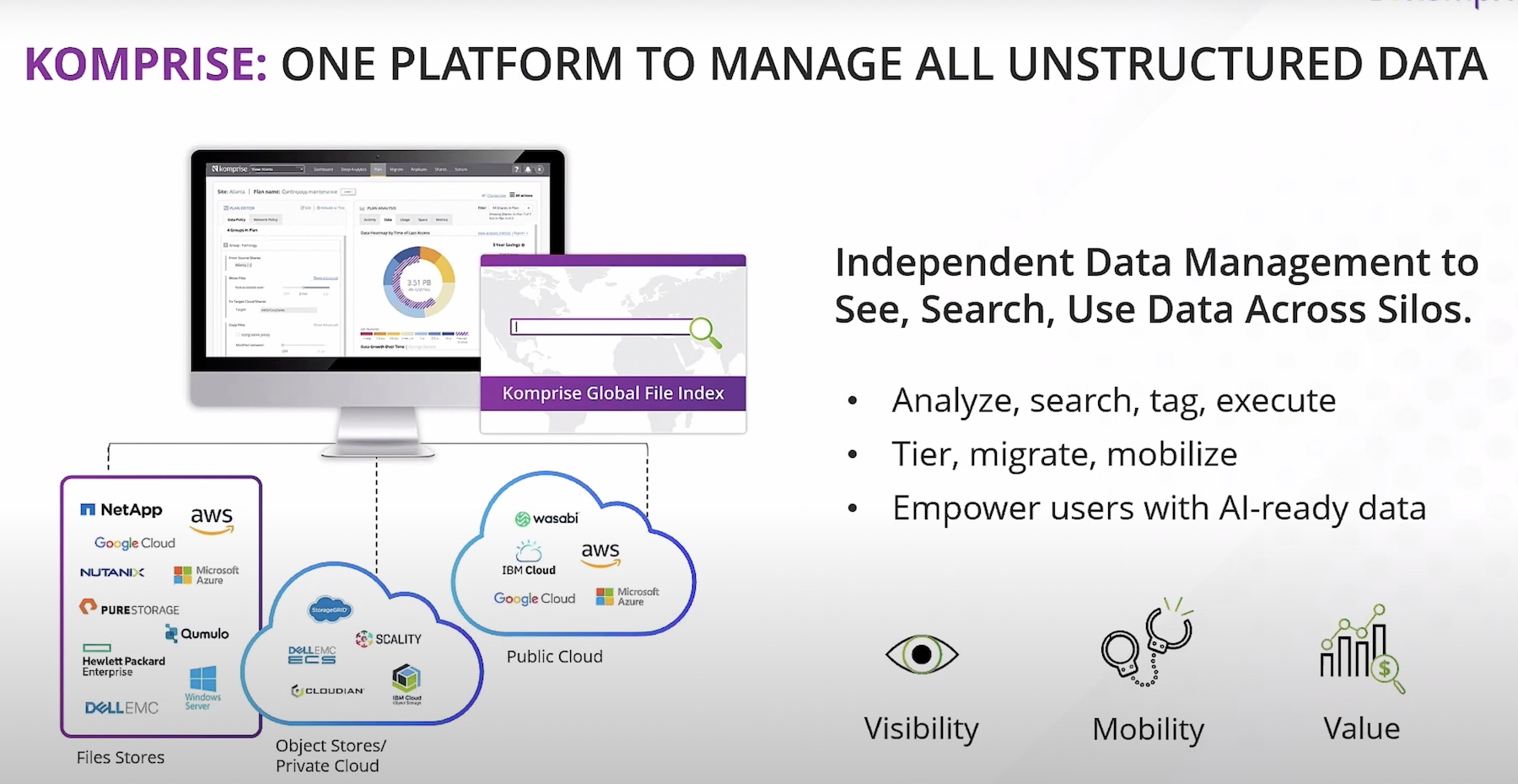In my previous post, Why visibility of IT systems is key to Customer Satisfaction, I argued that visibility into IT systems is key to customer satisfaction, now that many customer-focused processes are digital and take place online. Even with a stable, steady-state environment, humans need technology to maintain visibility.
But imagine you are migrating applications from on-premises to the cloud, and maybe even refactoring applications and functionality into cloud-native microservices.
How do you keep tabs on performance, key operational telemetry and business metrics when many parts of the metaphorical moving train are changed and replaced?
The Moving Train
Application stacks are constantly evolving and subject to smaller and bigger improvements. Sometimes it’s maintenance to keep the version current. Other times it’s an architectural change of parts to improve scalability or performance. These days, many of the changes are related to migrations to the cloud. In any case, these application landscapes are akin to changing the wheel on a moving train.
And with many applications morphing from monoliths to cloud-native, microservice-oriented architectures, the moving train changes appearance dramatically during the metamorphosis. But with change comes more than just shifts in appearance. For example, the number of services dramatically change. This is like adding or removing hundreds of railcars while the train is moving. This can manifest in real life as thousands of servers being added at a time. And they may only live for a short period of time and then new ones get added. This results in added complexity to view and manage myriad transient services. These dynamics also make digital services hard to keep under control while maintaining visibility into key operational telemetry. And all the while the application continues to serve the business and its customers, putting pressure on the operational side of things to keep performance, availability and security on par with the SLA.
Not all clouds are created equal
During migrations, that SLA is where the shoe often pinches. How do you guarantee performance and availability during migrations, with all its inherent complexity, as well as after, when the computing environment and application architecture are radically different?
Simply put, performance characteristics change when you swap out the underlying infrastructure of an application, and there’s a big difference between on-premises and cloud. Similar to performance differences across older and newer hardware generations, or bigger and smaller servers, performance even varies massively across clouds, as well as between different cloud VM instance types.
At least with your on-premises environment, you know the performance characteristics. It’s a known physical environment with little variance. Changes to the physical hardware don’t go unnoticed. Any changes to its physical capabilities are easily discernible.
How different cloud computing is. There are dozens of VM instance types at one’s fingertips. A whole new virtual datacenter is spun up with a simple click. New, heavier compute capabilities are released every day. Knowing which cloud, cloud service, and instance type to choose is a mastery in itself.
Choosing correctly to maintain performance while not overspending is a daunting task, but the financial savings from right-sizing are well worth the effort. This means establishing a performance baseline before any migration work starts, as well as the difficult task of retaining the same visibility into performance characteristics no matter where applications move.
Technology to prevent blind spots and combat entropy
It is also important to note that, although many enterprises are migrating to cloud, data centers will remain relevant. Current monitoring capabilities in complex systems often lack end-to-end visibility across the hybrid cloud environments and don’t offer granular-enough telemetry to make sense. There are too many monitoring tools, massive lack of integration between them and no correlation of data resulting in blind spots, especially when adding modern public cloud resources to the mix.
Having a single, application-centric view to gauge key performance indicators across heterogeneous environments is key to prevent blind spots, keep performance up and cost down during application migrations to the cloud, irrespective of a lift-and-shift, refactoring or complete cloud-native microservices re-design approach. During the migration, parts of the application may already live on the public cloud, others will stay on-prem, while some parts may be re-written as a serverless function, container or cloud-native service: a single application may stretch across the full width of the hybrid cloud during migration.
And across that full width, performance can, and probably will, vary immensely:
- Due to the shared and ephemeral nature of resource usage in public clouds, performance varies from time to time, even within a given cloud across different VM instance type;
- Stretching applications across networks puts more pressure on those networks, and application performance is impacted by the added latency, hops and complexity;
- After migrating a part of the application to the cloud, performance will likely degrade temporarily until optimization of resource usage and configuration is done.
An example of this end-to-end visibility across public cloud and on-prem is the combination of NETSCOUT vSTREAM and Virtual nGeniusONE.
 vSTREAM: for AWS, wire data is transformed into smart data.
vSTREAM: for AWS, wire data is transformed into smart data.
Virtual nGeniusONE: for AWS, overarching view into the performance characteristics of all infrastructure and application components across geographically dispersed data centers and cloud.
Train Kept a Rollin’ through Visibility Without Borders™
Migrating applications, while they continue to serve the business and its customers, creates an enormous amount of burden on key performance indicators. To keep up SLAs during this time of entropy, end-to-end visibility with a continuous, consistent view of key metrics across all environments is crucial to detect, triage, isolate, and remediate problems quickly. Ensuring only the most critical information is extracted — across technologies, without borders and through silos, allows for performance assurance, security threat detection and a visibility without borders. In short, NETSCOUT helps you change the wheel of your moving train.




